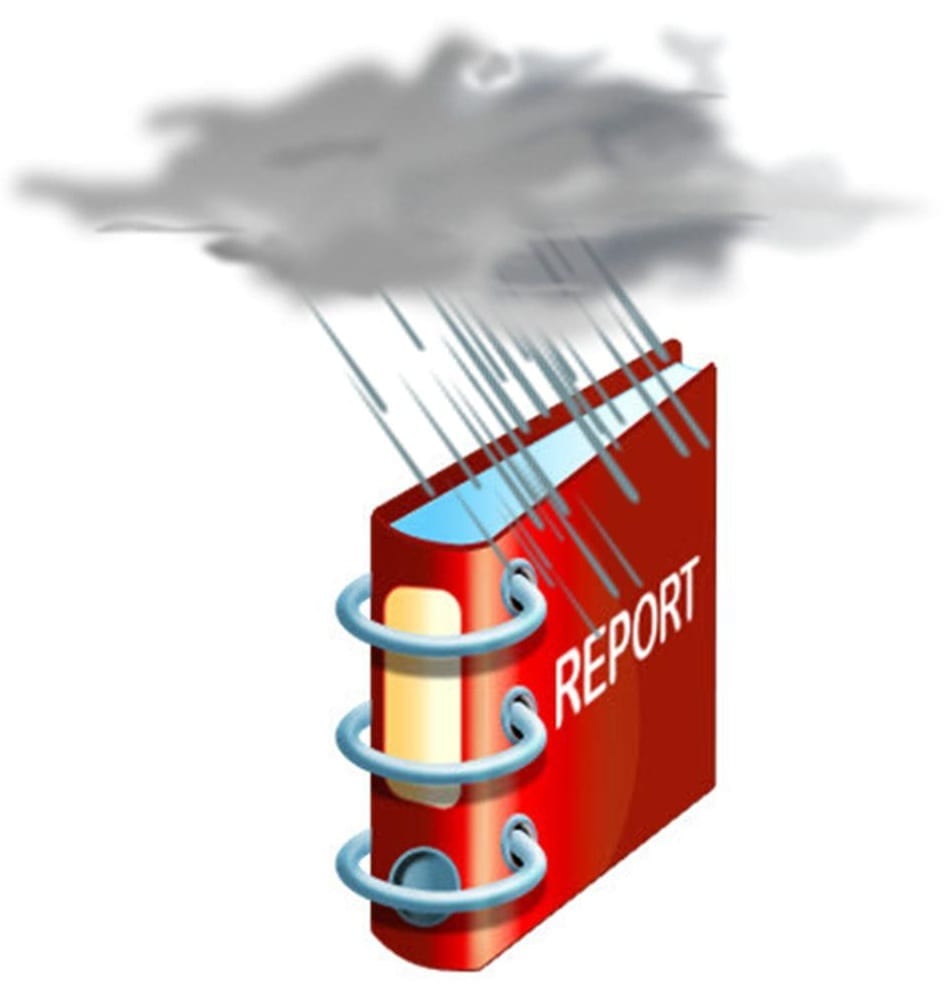 Report highlights the need to modernize flood insurance
Report highlights the need to modernize flood insurance
The U.S. National Flood Insurance Program is archaic, according to a new report from the National Research Council of the National Academy of Sciences. The report suggests that the flood insurance program is in dire need of modernization and could benefit from better risk management practices in the future. Researchers indicate that how the program manages risks associated with properties behind flood levees is one example of how outdated the program actually is.
NFIP risk management seen as outdated
In improving its analysis and management of the risks associated with flooding behind levees, the National Flood Insurance program may be able to offer more concise and easily understood information to state officials and the general public more effectively. Modernizing its approach could also help the program save a significant amount of money in the long term. The report suggests that the National Flood Insurance Program should adopt the methods that are employed by the Army Corps of Engineers, which are used to determine the risks associated with hurricane storm surges and heavy rainfall and how these events impact levees.
Report suggests faulty risk management could be economically dangerous
The report also calls for the flood insurance program to recognize that disastrous flood occur more frequently than one every 100 years and these accredited levees are prone to failure as a result of these floods. The report highlights the damage that was caused by 2005’s Hurricane Katrina. The powerful storm caused several old levees to fail, which immediately exposed large parts of several states to rampant flooding. Researchers note that allowing the National Flood Insurance Program to continue putting so much emphasis on outdated levee concepts could be endangering the economic stability of the U.S. due to the financial implications of powerful storms like Hurricane Katrina and 2012’s Hurricane Sandy.
Report may help lawmakers make changes to crippled program
Any changes that would be made to the National Flood Insurance Program must first be approved by the Federal Emergency Management Agency, which oversees the program. If FEMA is unwilling to make changes to the program, Congress has the authority to force the program to modernize itself. Federal lawmakers have been working for years to address the ongoing problems that are crippling the federal program and this new report may help provide new insight on how that can be done.
